
HCA Contact Information
Phone: 905-525-2181
Email: nature@conservationhamilton.ca
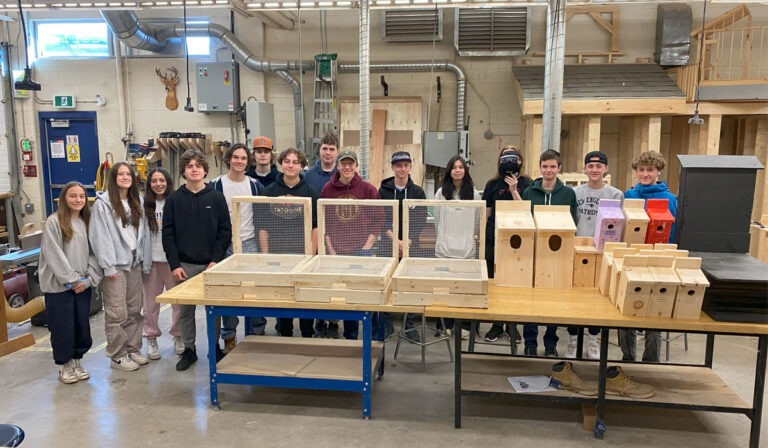
HCA is thrilled that once again, teacher Sean Polap and his students have donated habitat boxes to be used in our areas! This year, it was his grade 10 construction class at Milton District High School that put the hard…
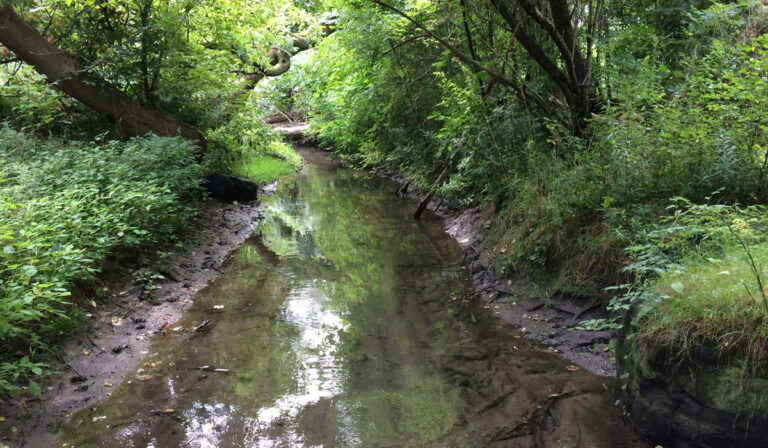
What is stewardship, why is it important, and how can the HCA help you become a steward? Simply put, stewards are caretakers of the land, and although Conservation Authorities and other environmental organizations exist to protect and preserve lands, we…
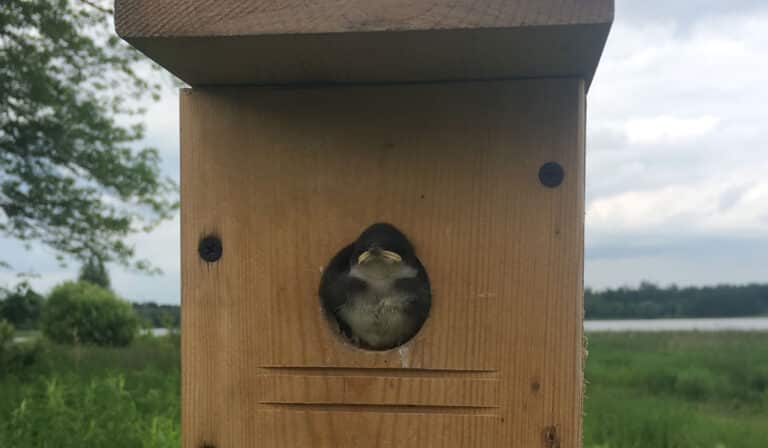
Nest and Habitat Box Update In the spring of 2022, Aldershot High School students built nest and habitat boxes and donated them to HCA. The majority of these went to Valens Lake, and the rest going to Christie Lake. Bird…
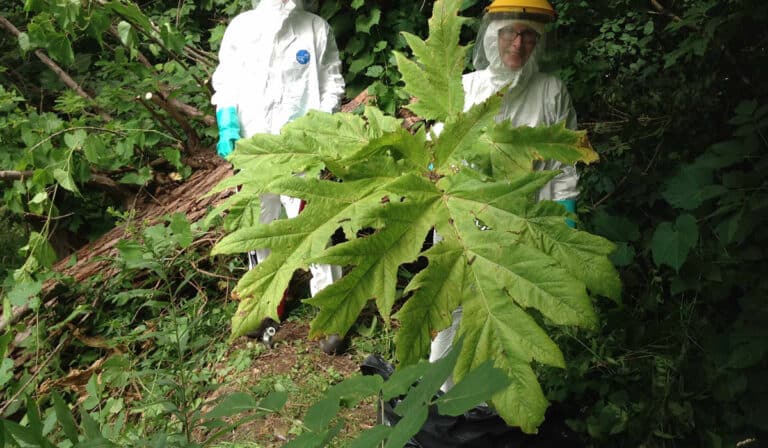
Giant hogweed is an invasive plant, likely introduced from Asia as an ornamental garden plant. It is part of the carrot family, and is a perennial (a plant that lives two years or more). If you find Giant hogweed, DO…
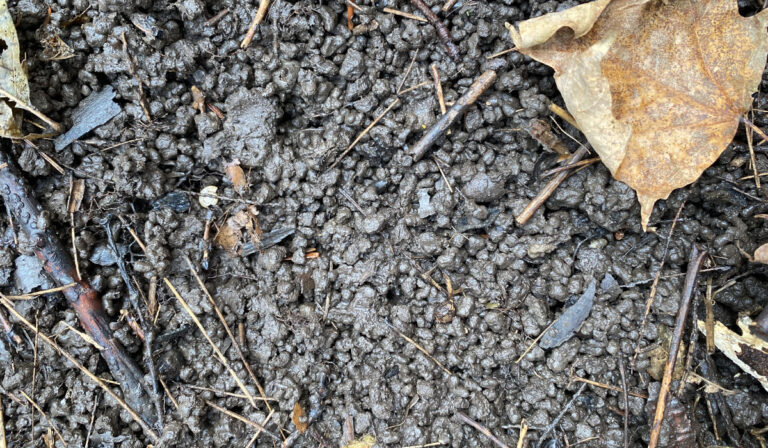
What is a Jumping Worm? The term Jumping worm, refers to multiple species of Asian pheretimoid worm (Amynthas species) whose native range is in China, Japan and Korea. Jumping worms are a non-native and invasive type of earthworm. They are…

Recently, HCA was approached by student teacher Sean Polap and his grade 11 class at Aldershot High School to provide nest boxes for our conservation areas. The students built the boxes and donated them to HCA. The boxes will provide…